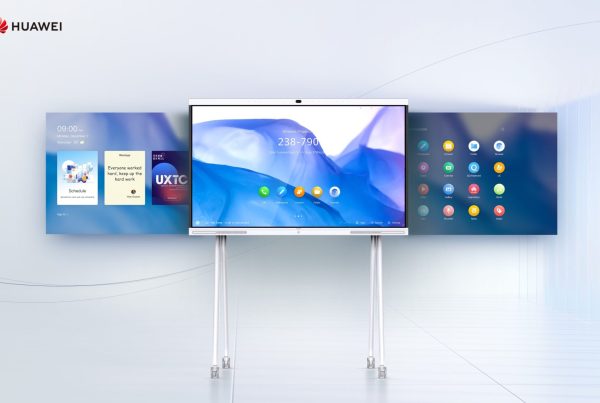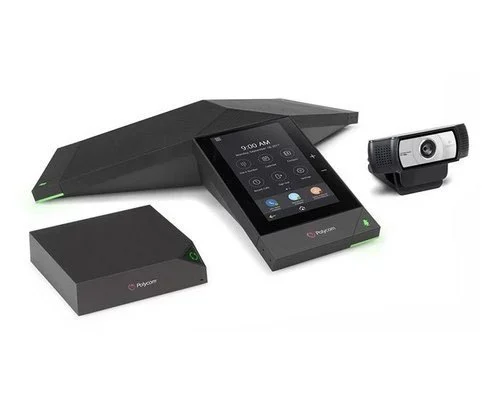Introduction
Video conferencing has become a cornerstone of modern business operations, enabling seamless communication across global teams. As businesses continue to adapt to remote work, online meeting and virtual collaboration, understanding the intricacies of video conferencing is essential for maintaining productivity and fostering strong professional relationships.
Table of Contents
- Introduction to Video Conferencing
- Key Features of Effective Video Conferencing Solutions
- Types of Video Conferencing
- Choosing the Right Video Conferencing Software
- Best Practices for Successful Video Conferences
- Advantages of Video Conferencing
- Examples and Clarifications
- Future Trends in Video Conferencing
- Conclusion
- FAQs
Key Features of Effective Video Conferencing Solutions
- High-Quality Audio and Video: A reliable video conferencing solution should offer high-definition video and clear audio to ensure participants can communicate effectively without interruptions or misunderstandings.
- Screen Sharing and Collaboration Tools: Features like screen sharing, real-time document editing, and virtual whiteboards are crucial for collaborative work. These tools allow participants to present information, brainstorm ideas, and work together more efficiently.
- Security and Privacy: Robust security measures, including end-to-end encryption and secure meeting links, are essential to protect sensitive business information and ensure that only authorized participants can join the meetings.
- Integration with Other Tools:Seamless integration with other business tools, such as calendars, email clients, and project management software, can streamline workflows and improve overall productivity.
Types of Video Conferencing
- Point-to-Point Conferencing: This type involves a direct connection between two participants. It is commonly used for one-on-one meetings or interviews.
- Multipoint Conferencing: This type connects three or more participants in different locations. It is ideal for team meetings, webinars, and virtual events.
- Telepresence: This advanced type of video conferencing aims to create a life-like meeting experience. It uses high-quality audio and video systems to make participants feel as if they are in the same room.
Choosing the Right Video Conferencing Software
- Assess Your Needs: Identify the specific requirements of your business, such as the number of participants, types of meetings, and desired features. This assessment will help you select a solution that aligns with your operational needs.
- Evaluate Reliability and Support: Choose a provider with a strong track record of reliability and excellent customer support. This ensures that any issues that arise can be quickly resolved, minimizing disruptions to your business operations.
- Consider Scalability: Select a solution that can scale with your business as it grows. This includes the ability to add more users, host larger meetings, and integrate with additional tools and services as needed.
Best Practices for Successful Video Conferences
Prepare in Advance: Ensure all participants have the necessary software installed, and test the audio and video settings before the online meeting. Distribute an agenda beforehand to keep the meeting focused and efficient.
Optimize Your Environment: Choose a quiet, well-lit location for your video conference. Minimize background noise and distractions to maintain a professional atmosphere.
Engage Participants: Encourage active participation by asking questions, inviting input, and using interactive tools like polls and breakout rooms. This helps keep attendees engaged and fosters a more collaborative environment.
Record and Follow Up: Recording meetings can be beneficial for those who could not attend or for future reference. Ensure follow-up actions are clearly communicated and documented to maintain momentum and accountability.
Advantages of Video Conferencing
- Improved Communication: Facilitates better understanding through visual cues and body language.
- Cost Savings: reduces travel expenses and time spent away from the office.
- Increased Productivity: Allows for quick decision-making and more frequent meetings.
- Flexibility: Enables participation from anywhere, promoting a better work-life balance.
- Collaboration: Provides tools for real-time collaboration and sharing of information.
Examples & Clarifications
What is an Example of Videoconferencing?
An example of videoconferencing is a company hosting a virtual online meeting with remote employees using software like Zoom, Microsoft Teams, or Google Meet. Participants join the online meeting from different locations via their computers or mobile devices, enabling face-to-face communication, screen sharing, and collaboration.
Future Trends in Video Conferencing
Artificial Intelligence and Automation: AI and automation are set to revolutionize video conferencing by enhancing features such as real-time transcription, translation, and background noise reduction. These advancements will make meetings more accessible and efficient.
Virtual and Augmented Reality: The integration of VR and AR technologies will create more immersive meeting experiences, allowing participants to interact in virtual environments that mimic real-life settings.
Enhanced Analytics: Advanced analytics will provide insights into meeting effectiveness, participant engagement, and overall productivity, helping businesses optimize their video conferencing practices.
Conclusion
Video conferencing is an indispensable tool for modern businesses, offering numerous benefits and capabilities that enhance communication, collaboration, and efficiency. By understanding the key features, choosing the right software, and following best practices, organizations can fully leverage the power of video conferencing to drive success in a rapidly evolving digital landscape.
FAQs
There is no difference; both terms describe the same technology enabling live, visual communication between participants in different locations.
The three types are point-to-point conferencing (one-on-one), multipoint conferencing (multiple participants), and telepresence (high-quality, immersive experiences).
Advantages include improved communication, cost savings, increased productivity, flexibility, and enhanced collaboration.
Assess your business needs, evaluate the reliability and support of the provider, and consider the scalability of the solution to ensure it meets your operational requirements.
Key features include high-quality audio and video, screen sharing, collaboration tools, robust security, and integration with other business tools.
Video conferencing enhances communication by enabling face-to-face interaction, saves time and costs by eliminating travel, and offers flexibility and convenience for remote meetings.
Prepare in advance by testing equipment and distributing an agenda, optimize your environment to reduce distractions, engage participants actively, and record meetings for future reference and follow-up
Future trends include the integration of artificial intelligence and automation, virtual and augmented reality experiences, and enhanced analytics to improve meeting effectiveness and engagement.






